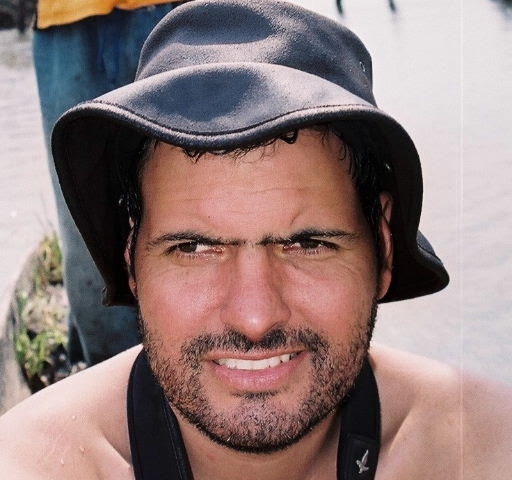Conservation of the critically endangered Giant Sable Antelope, Malanje Province, Angola

The giant sable antelope (Hippotragus niger variani) is one of Africa’s most magnificent and least known animals, having remained hidden in its central Angolan refuge for centuries, protected and revered by local tribes. A subspecies of the common sable antelope, the giant sable is found only in Angola, and has been a national emblem since its discovery in 1909, proudly displayed on Angolan postage stamps and currency. However, the giant sable’s most striking characteristic – its long curving horns which can exceed 160 cm – soon made it a prime target for hunters.
In 1975, just as moves were being made to secure a future for the antelope, the Angolan civil war erupted. The area became closed to conservationists and the giant sable was feared lost barely 70 years after it was discovered.

In 2003, an ambitious project aimed at proving the giant sable’s survival and establishing the grounds for its conservation was launched by local conservation scientist, 38-year-old Pedro Vaz Pinto. Expeditions failed to sight anything, but cameras traps set in April last year produced the first photos of giant sable seen for more than twenty years. Whilst the overall numbers of surviving antelope remain unknown, the evidence suggests the last sables are restricted to the woodlands and sandy grasslands of the Luando Reserve, a 880,000 ha area in Malanje province and the 63,000 ha Cangandala National Park.
Pedro is leading a research team from The Catholic University of Angola to secure a future for the last giant sables. By understanding the distribution of the antelopes and the level of threat posed by poaching, Pedro is consolidating approaches to conservation of the species.
Central to the project is the crucial role played by local communities in successfully conserving the antelope over the centuries. A programme launched in October 2004 resulted in the successful involvement of several locals as ‘sable shepherds’, working to monitor and protect the sable from poachers.
Pedro now aims to expand the pilot, training more locals to patrol the reserves on bicycle, monitor camera traps and report illegal hunting. The Giant sable is not only a flagship species for protected area conservation but also for a country emerging from years of civil war.
PROJECT UPDATE
2023 Continuation Funding
Last chance of survival for the Giant Sable
£100,000 over 2 years
The Critically Endangered Giant Sable is a rare subspecies of the Sable Antelope, native and endemic to the region between the Cuango and Luando Rivers in Angola. In Luando Strict Nature Reserve (LSNR), the species is at very high risk of local extinction due to poaching, despite its strong cultural significance to local communities.
Expanding on his work to save the species in Cangandala National Park – the only other population of Giant Sable – Pedro Vaz Pinto is now focusing on population recovery in LSNR. As poaching with indiscriminate snares represents the biggest threat to the species, it is vital to direct efforts towards reducing and ultimately eradicating the use of traps.
Using Continuation Funding, Pedro will expand activity to curb poaching pressure by recruiting four new rangers to scale up presence and get “boots on the ground” in lesser explored areas of the reserve. Together with his team at Fundação Kissama, he will measure the numbers of sable and their birth and death rates to determine population viability; using aerial surveys to evaluate success and GPS trackers to collect data from individuals and herds. Continuation Funding will allow the number of tagged females to be doubled.
The survival of the subspecies in this reserve depends heavily on the success of Pedro’s project, which will also strengthen relationships with Government and local authorities and implement training and education programmes to empower resident communities to enhance local conservation capacity to bring this iconic species back from the brink.




